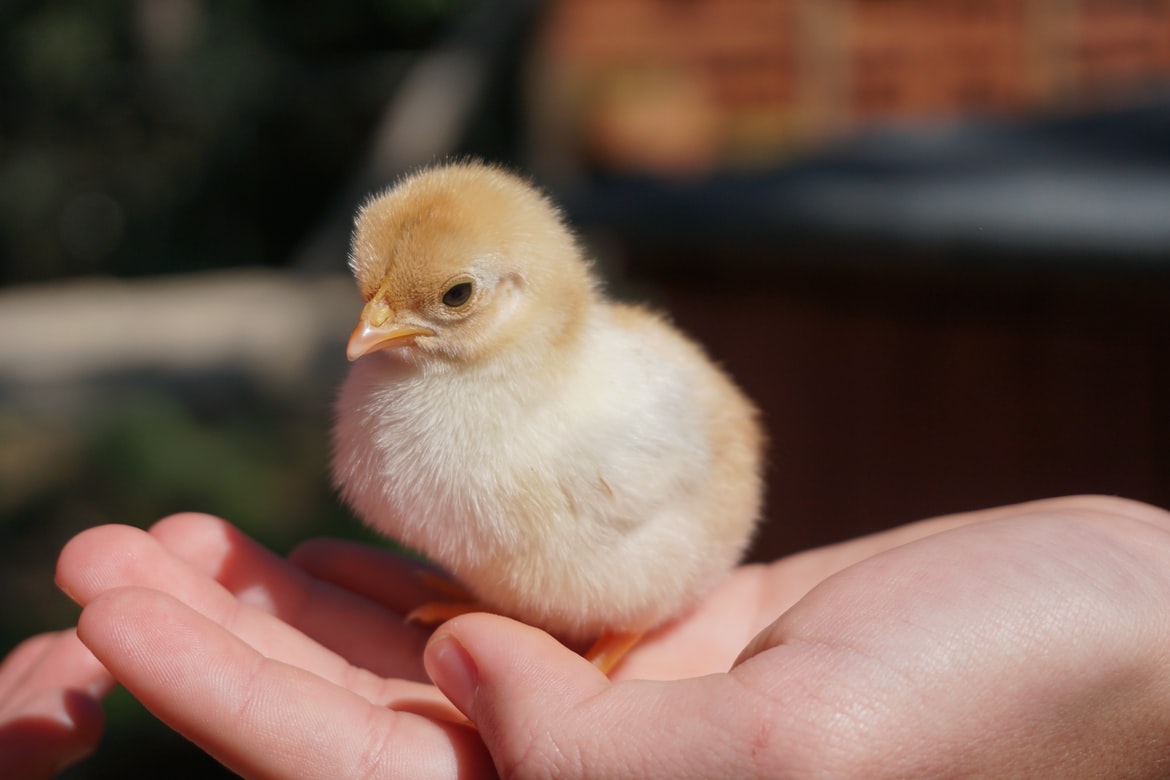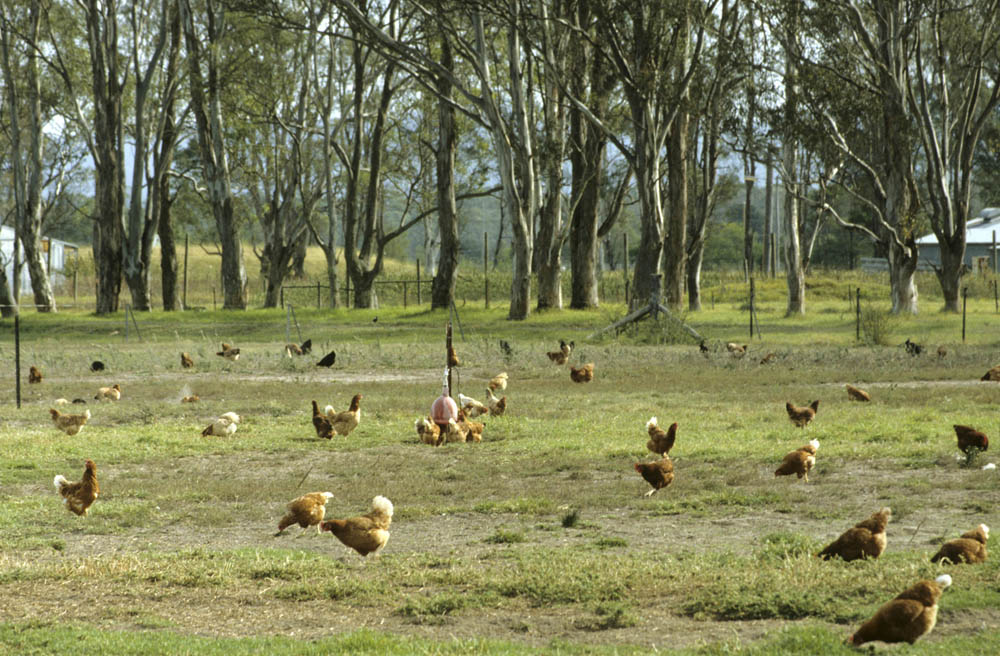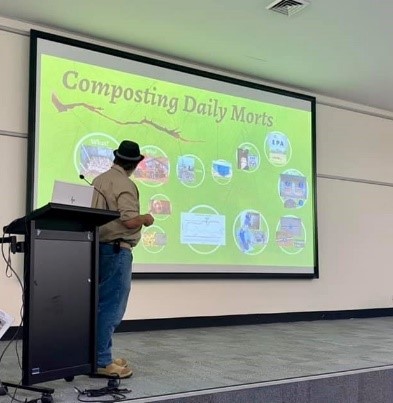- Output $855 million est. Up 1% yoy.
- Chicken meat’s price advantage relative to beef grew to a record $19/kg. 151
- Conditions improved for the industry as feed costs declined and demand stabilised following COVID-19 related disruptions.
Demand for poultry improved during the year with most demand channels except food service recovering to pre COVID-19 levels. Industry profitability was further supported by lower feed costs though feed costs did not fall as much as expected. Chicken meat’s price advantage relative to red meats continues to strengthen which should support underlying demand.
Production

NSW chicken production was up 1.3% in 2020-21 with a decline in the first quarter of the year as processors continued to adjust supply to meat lower demand due to COVID -19
20
, offset by a steady recovery in the last three quarters. Producers also needed to reduce inventories built up during the initial COVID-19 lockdowns in 2019-20. Average bird weight fell 0.6%.
20
Consumption through most channels recovered however, demand remained volatile through food service channels due to sporadic lockdowns which kept per capita consumption flat despite an increasing price advantage for chicken meat versus other meats.
10
Official production statistics possibly understated actual domestic per capita consumption during the year as existing inventories were reduced and lower inbound tourism continued to impact demand. Chick placements by processors to farmers also recovered, however a long-term trend away from family farms to larger corporate farms appeared to accelerate over the last 12 to 18 months.
Price and Trade
Producer prices (which reflect both the price received by contract growers and other costs, including feed costs, incurred in rearing poultry to the processing stage) were flat year on year
9
This reflects declining feed costs as well as processors responding to subdued demand. Retail prices were also flat year on year.
151
Prices for major competitor products such as beef and lamb continued to rise. By the end of 2020-21 chicken meat was trading at a record high discount to beef of over $19/kg.
151
Chicken meat has always enjoyed a significant price advantage over beef and lamb however since 2014 this advantage has accelerated as lamb and beef prices continued to rise whilst chicken prices have held broadly flat.
Poultry exports were partly constrained by an outbreak of avian influenza in Victoria which closed off some Asia markets such as South Korea. Exports to Singapore, which surged last year due to a relaxing of import requirements also fell. NSW exports slumped 49% during 2020-21 to $12.3 million. 128
Outlook

The industry has rebounded strongly from COVID-19, albeit with some demand challenges remaining in food service. Nevertheless, domestic consumption remains strong and is expected to improve further as chicken’s price advantage relative to red meats continues to improve. Lower feed prices will also support improved industry returns. As the COVID-19 pandemic eases and Australia’s economy opens up, demand for poultry products should improve as food service demand recovers further.




